This project is largely a way for me to ease into SMD design and assembly. I'm moving to SMD for some of my other projects (#Insulin Minder MK2, others) which would use custom PCBs and SMD components. Will be trying a few things here to see what works well (milling a PCM at home, getting one made by a PCB service, hand-soldering SMD components, solder paste + hot air rework). No ICs in this one, but its a start. Plus will hopefully end up with a useful add-on for my soldering iron.
Soldering Iron Ring Light
Light integrated into soldering iron to illuminate what I'm soldering, and learn a bit about SMD design and getting PCBs made
 Linus Dillon
Linus Dillon
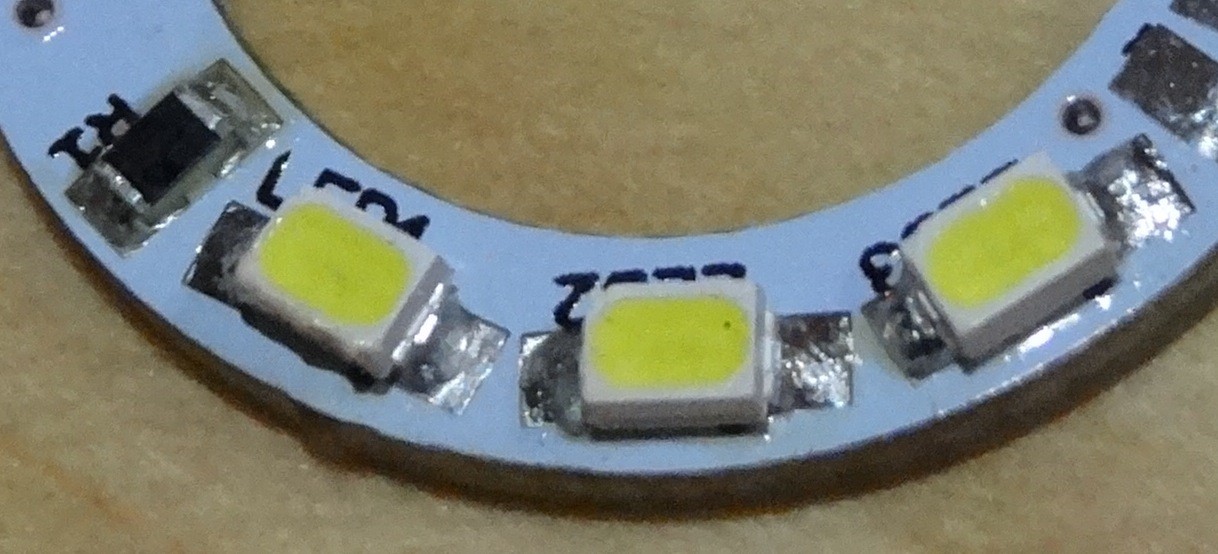
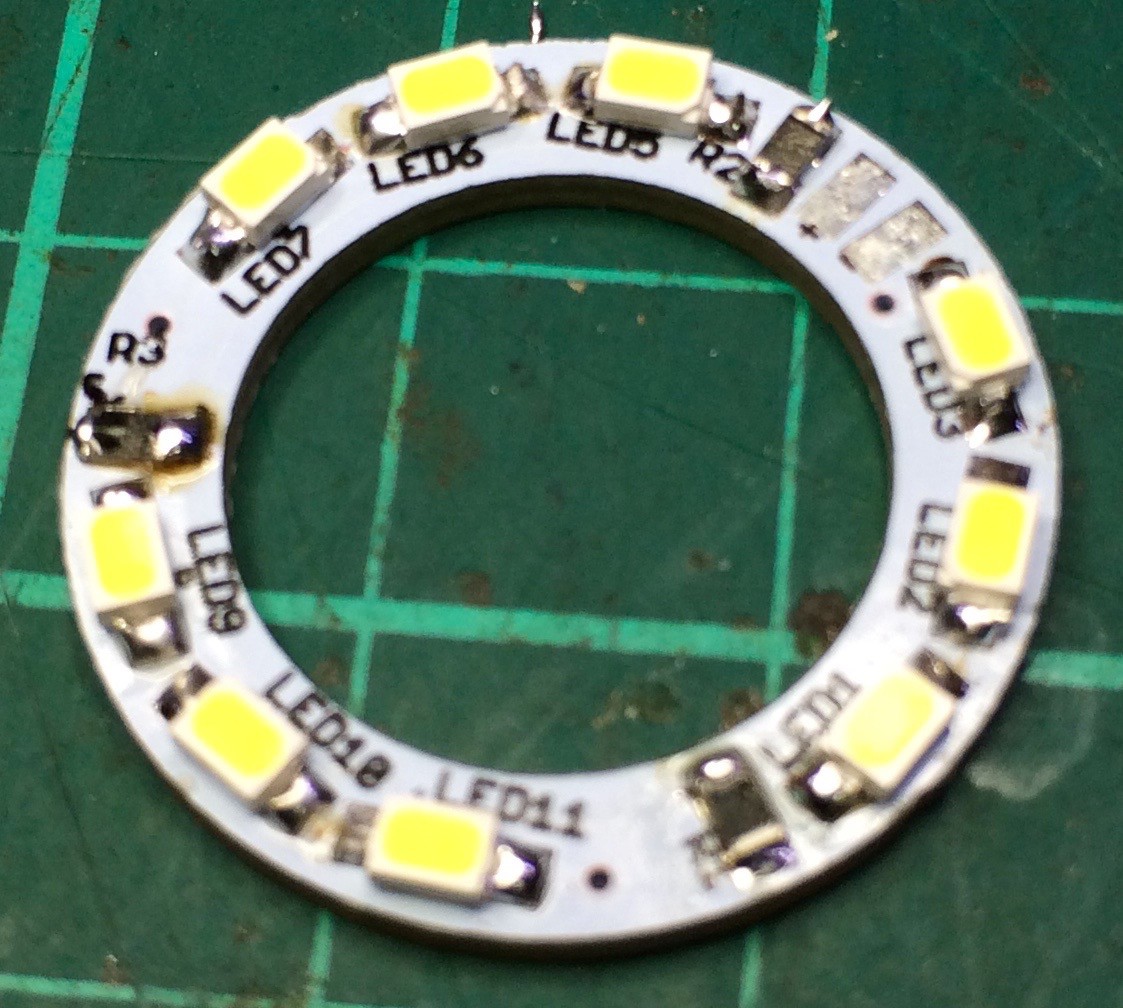
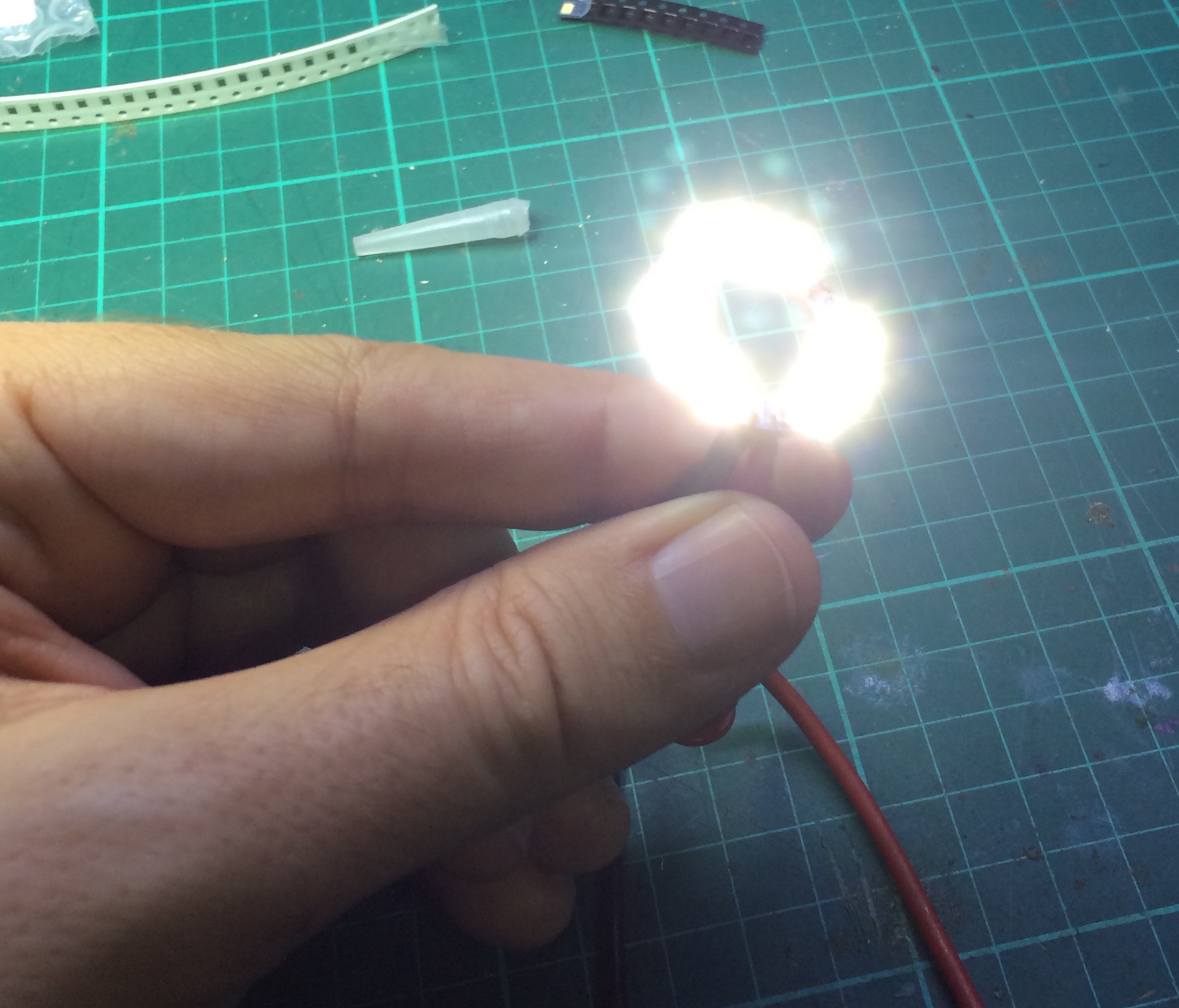
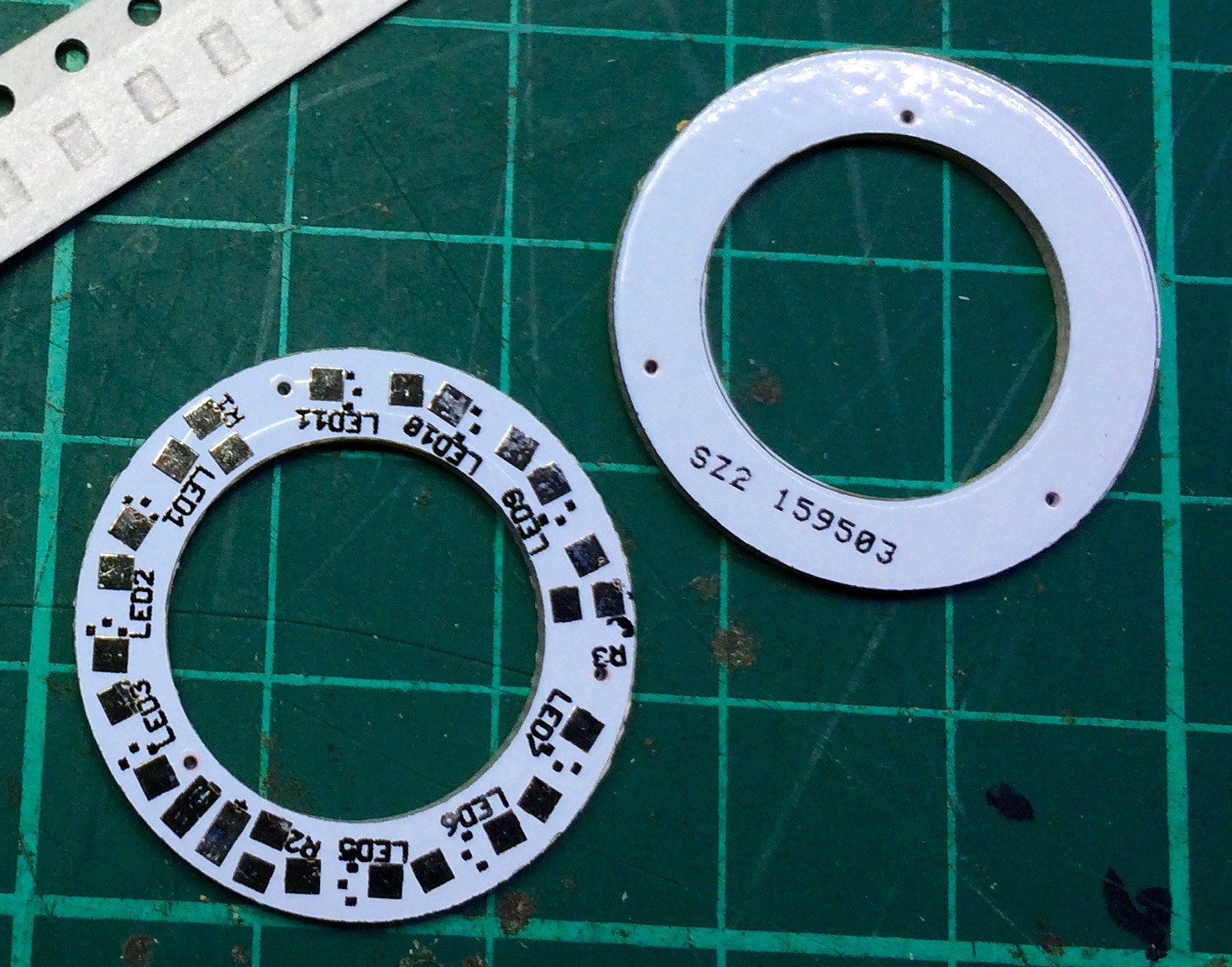
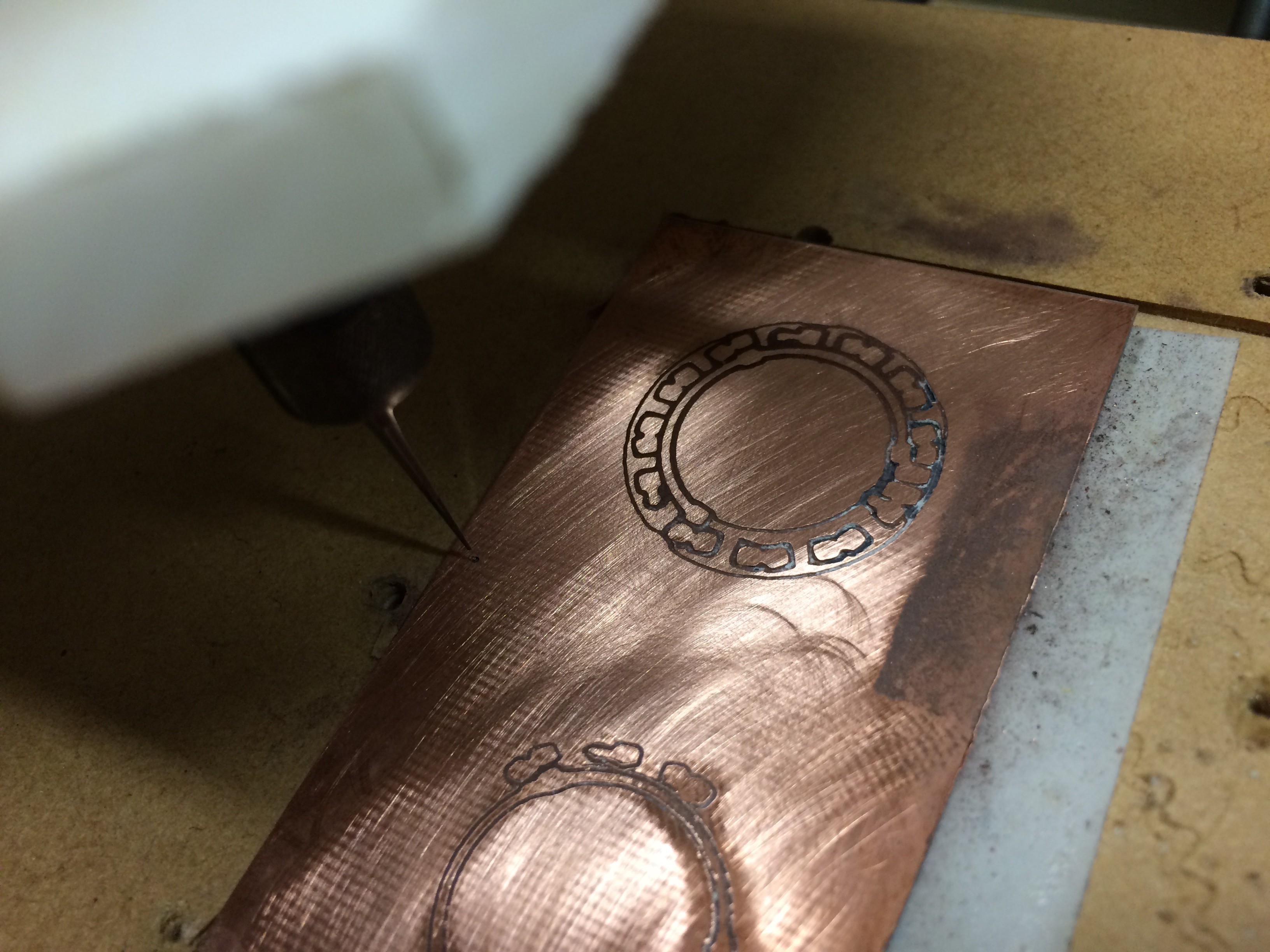
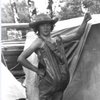
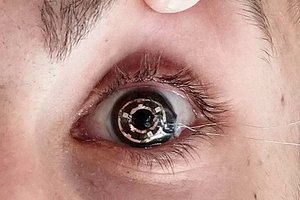
 Chris
Chris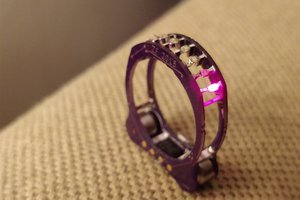
 zakqwy
zakqwy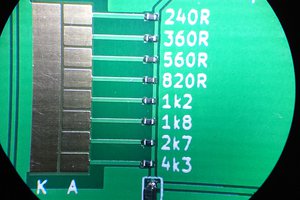
 Christoph
Christoph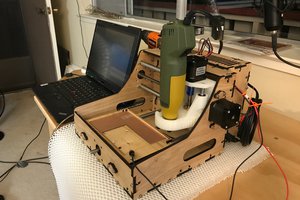
 Timo Birnschein
Timo Birnschein
This could be a cheap ringlight for a pocket camera too!